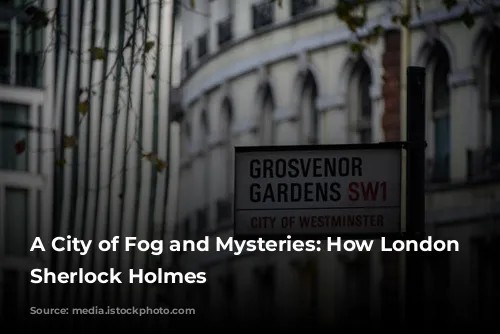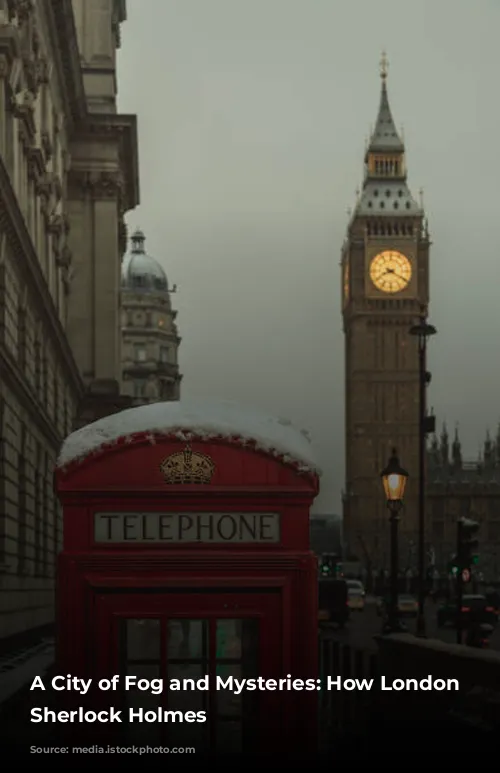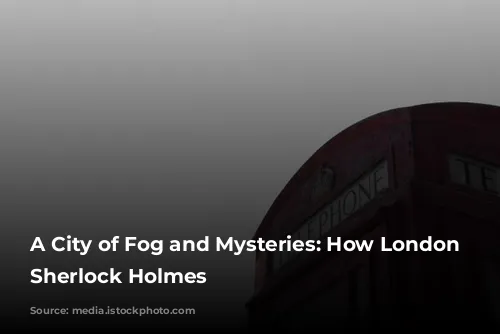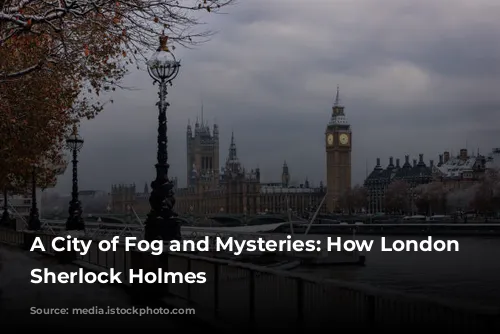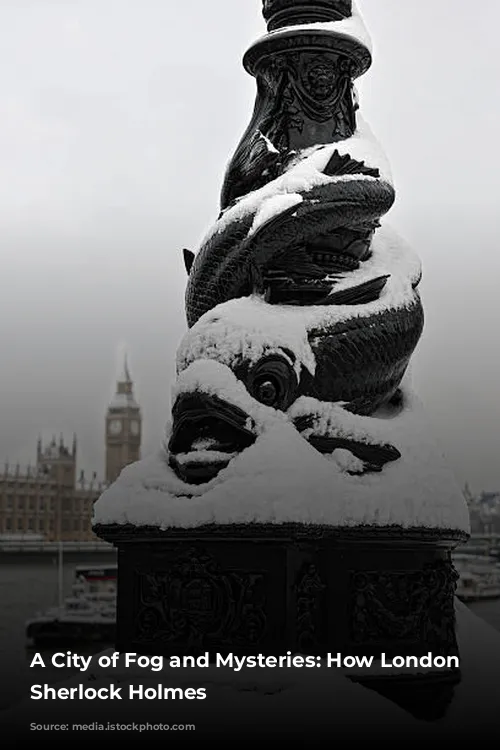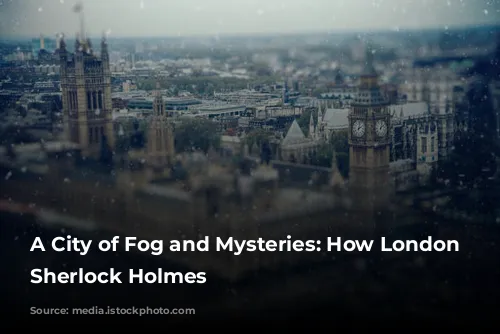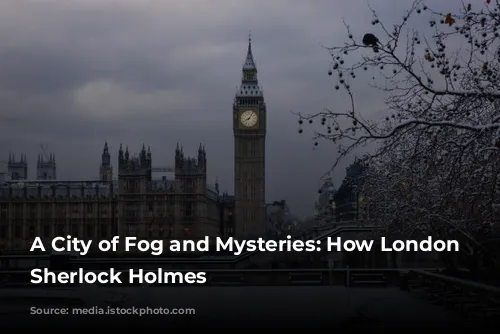London, a city teeming with life, was more than just a backdrop for Sir Arthur Conan Doyle’s iconic detective, Sherlock Holmes. It was the very soul of the stories.
In the opening lines of “A Case of Identity,” Holmes describes his desire to see into the hidden lives of Londoners. He yearns to lift the roofs and peer into the chaotic tapestry of human experience, proving how real-life intrigue trumps even the most elaborate fictional plots. This sentiment speaks volumes about the profound impact London had on Doyle’s creative vision.
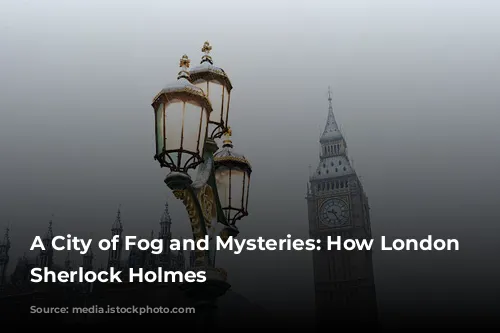
A City in Flux
Doyle’s meticulous portrayal of London was not simply a stylistic choice; it reflected his intimate knowledge of the city. Having just moved to London, he found inspiration for Sherlock Holmes in its bustling streets and diverse inhabitants. The Adventures of Sherlock Holmes, a collection of short stories, was penned entirely in London, capturing the city’s essence at a crucial point in its history.
London in the late 19th century was a city in perpetual motion, constantly evolving. It was a period of immense growth, fueled by industrialization and a swelling population. Buildings rose and fell, streets were widened, and new modes of transportation emerged. The city was in a state of flux, mirroring the turbulent lives of its citizens.
Doyle’s stories vividly capture this era of transition. The smoky atmosphere, the labyrinthine streets, the overwhelming crowds – all these elements contribute to a sense of dynamism and change. In “The Blue Carbuncle,” Holmes remarks on the sheer density of the city’s population, emphasizing the inherent chaos and potential for crime in such close quarters.
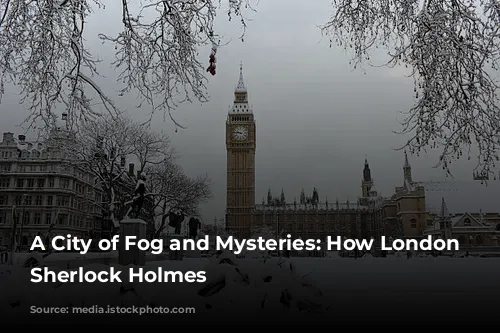
A City of Shadows
London’s fog, however, provided a veil of anonymity, a blanket of secrecy that allowed criminals to hide in plain sight. This atmospheric element played a vital role in Doyle’s stories. The fog not only shrouded the city in mystery but also provided a backdrop for the detective’s deductions. It added an extra layer of intrigue, making it all the more challenging for Holmes to unveil the truth.
Doyle’s use of fog was more than just a literary device. It was a reflection of London’s reality. Henry Mayhew, a social commentator of the era, aptly called fog London’s “native element.” The city’s industrial activities and lack of proper ventilation created a dense, almost perpetual smog that clung to the streets, blurring the lines between reality and illusion.
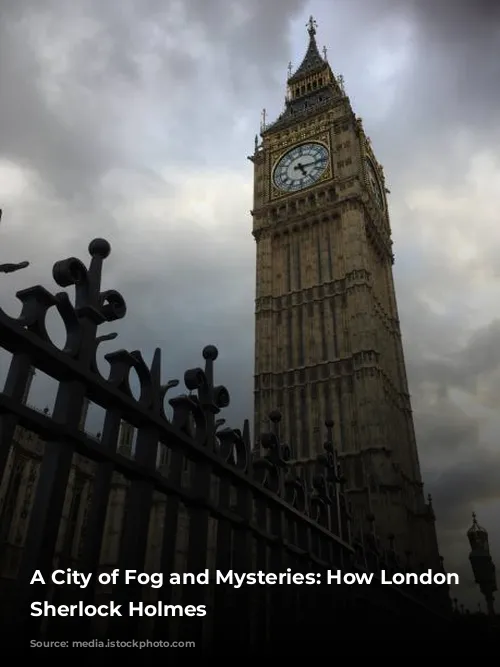
A City of Short Stories
The short story format proved ideal for capturing the fragmented nature of London life. The city was a whirlwind of activity, a series of fleeting encounters, where people lived in a constant state of motion. Doyle’s stories, like the lives they depicted, were short, sharp bursts of narrative.
The fast-paced nature of London life demanded a quick read, a brief escape from the demands of everyday life. The serialisation of Doyle’s stories in magazines further reinforced this format, allowing readers to savor short, self-contained narratives.
Conan Doyle, a master storyteller, realised the power of the short story format. He understood that it allowed him to create a distinct and compelling narrative, while also catering to the demands of his audience.
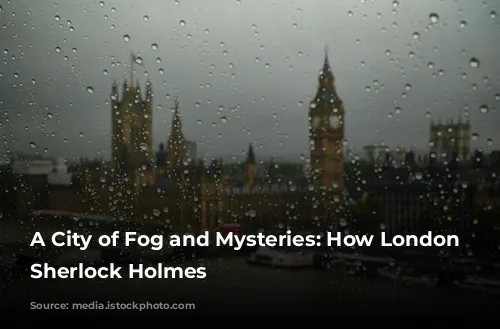
A City of Science and Observation
Doyle’s stories were not merely a celebration of London’s chaos, but also a testament to the burgeoning scientific spirit of the age. Holmes, with his keen eye for detail and scientific methods, embodies the principles of positivism, a philosophy that emphasized observable facts and rational inquiry.
Doyle, a trained physician, infused his stories with scientific knowledge, blurring the line between fiction and fact. He used scientific techniques, such as forensic analysis and deduction, to solve crimes, bringing a new level of realism to detective fiction.
Doyle’s skillful integration of scientific observation and deduction not only captivated readers but also solidified Sherlock Holmes’s place in the literary canon.
The legacy of Sherlock Holmes is intricately linked to the city of London. It is a testament to the power of observation and deduction, but also to the captivating influence of a city that was, and remains, a unique blend of chaos and mystery.
